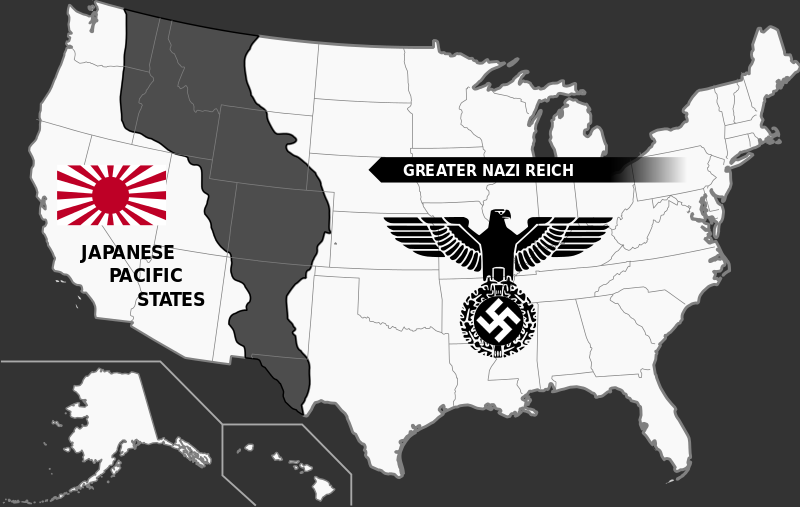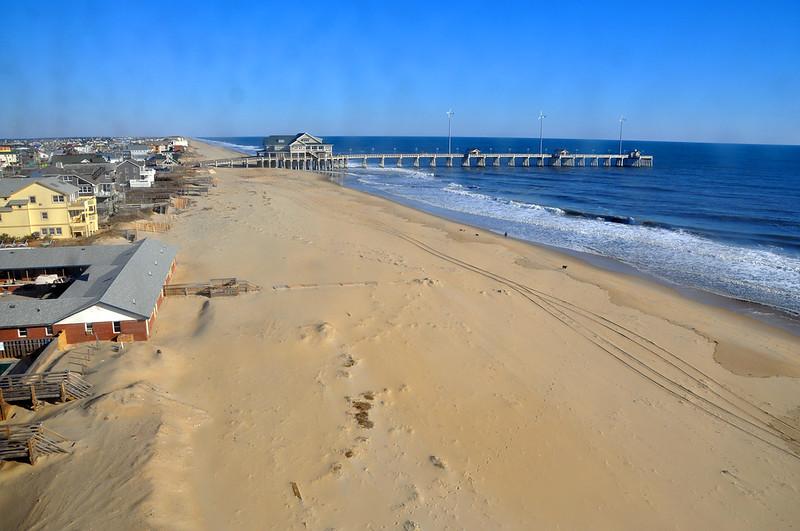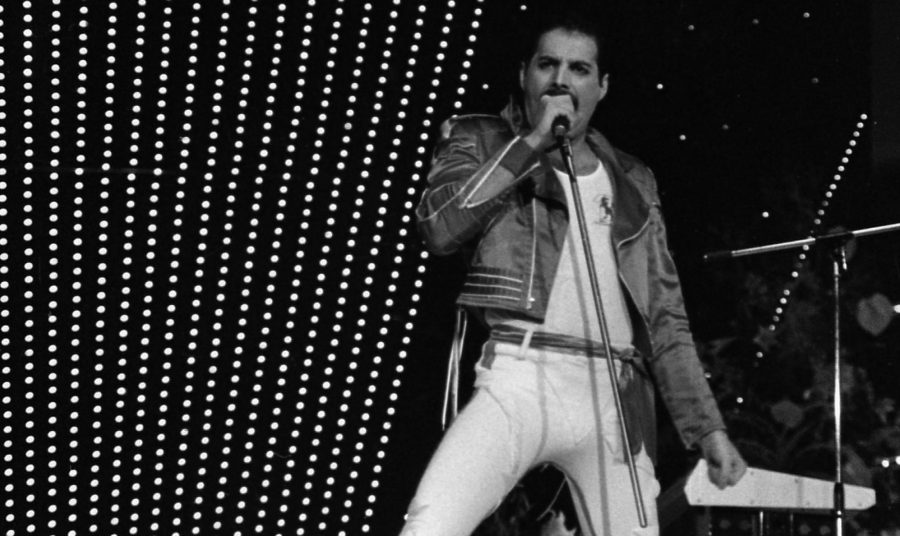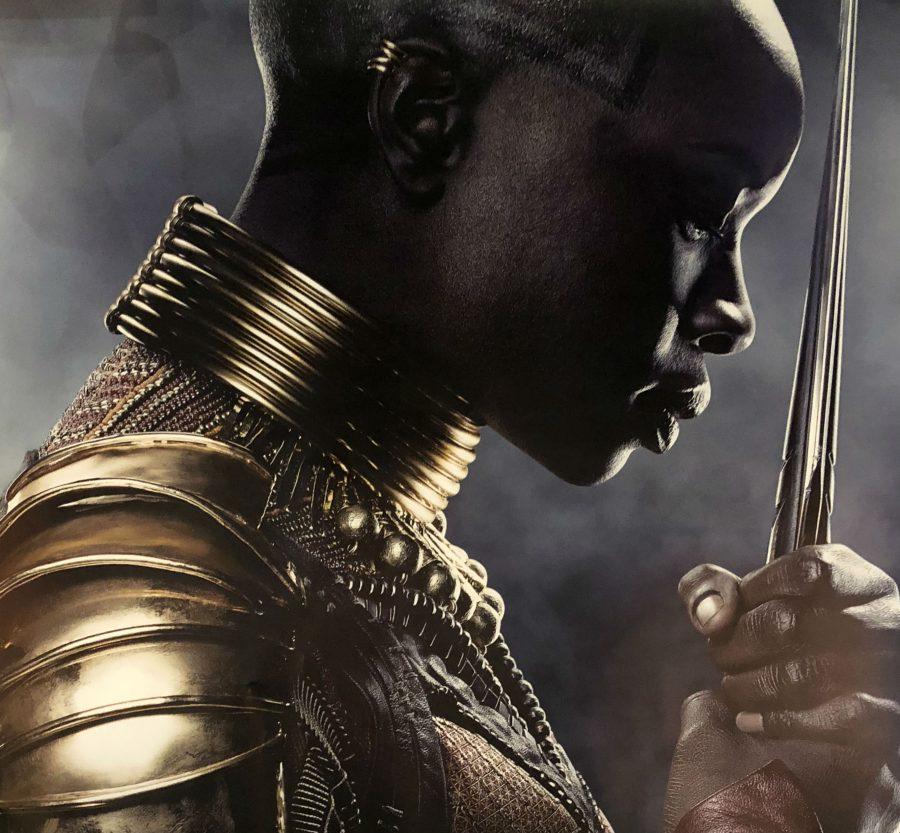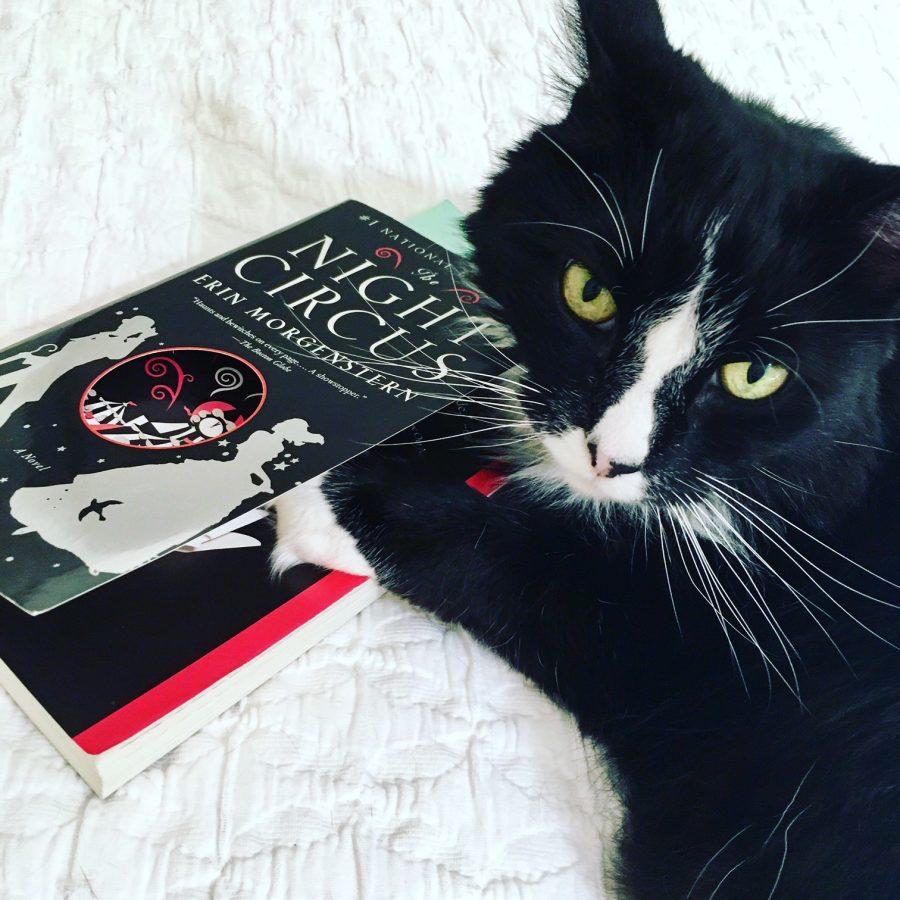BY ANDREW OBRZUT, IAN CROMBIE, SEAN CONNOLLY, MARK KNEBEL, and AIDAN SLEATH
What would life be like in the United States if we had lost World War Two? Through his alternate historical novel, The Man in the High Castle, Philip K. Dick imagines a thought provoking world in which readers can empathize with multiple minority characters in an overtly racist society. Dick takes the world most readers know, America, and attempts to envision what it would be like under Nazi and Japanese control. What follows is a reverse of today’s society — Americans are at the bottom of the social ladder and face widespread discrimination. Diverting from a normal plot structure, Dick then tells the stories of multiple characters as they go about managing life in such a society.
By causing readers to empathize with the oppressed in society, Dick forces readers to look at today’s world and notice similar oppression of minority groups. Despite an action’s cruelty, once something bad has occurred for so long, it becomes normal and accepted as a fact of life. Abuse at the hands of the Nazis and Japanese had become the norm of life; few even dared defy the new status quo. In the same way, today’s minorities have suffered for so long that it becomes almost expected.
The plot structure captivates readers in a way few other books can, which presents both pros and cons. The Man in the High Castle is most suited for readers who can follow multiple stories simultaneously. The different characters each provide different aspects of the post-war environment, which can offer unique perspectives that range from the most wealthy to the “dirt” of society; if the reader does not follow along with all of them, much of the deeper meaning is lost. On the other hand, readers that can overcome this difficult plot structure will immerse themselves in a complex story that challenges common perceptions of how society works today.
Categories:
The Man in the High Castle – A Chilling Alternate History
January 18, 2018
0
Tags:
